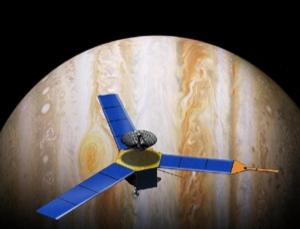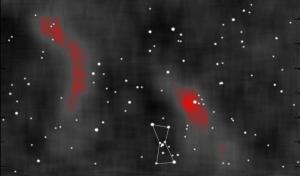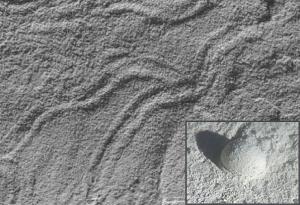After a two-year delay, NASA has given the green light to Juno, a $1 billion, solar-powered mission to Jupiter.
Juno was originally set to launch as early as 2009, but budget constraints delayed the next step in the probe's design.
Now, funding had been approved to build the spacecraft, the agency announced on Monday. Juno will launch from Cape Canaveral, Florida, in August 2011. After reaching Jupiter in 2016, it will orbit 32 times over the course of its year-long mission.

© NASA/JPLThe Jupiter orbiter Juno will study the distribution of water in the gas giant and look for evidence of a solid core.
Juno will be the second orbiter to study Jupiter. The first such probe, Galileo, circled Jupiter's equator for almost eight years before plunging into the Jovian atmosphere in 2003.
Juno, on the other hand, will take up a polar orbit around the planet, skimming the poles at an altitude of 5000 kilometres. This trajectory will afford the spacecraft a view of unseen parts of the planet.






